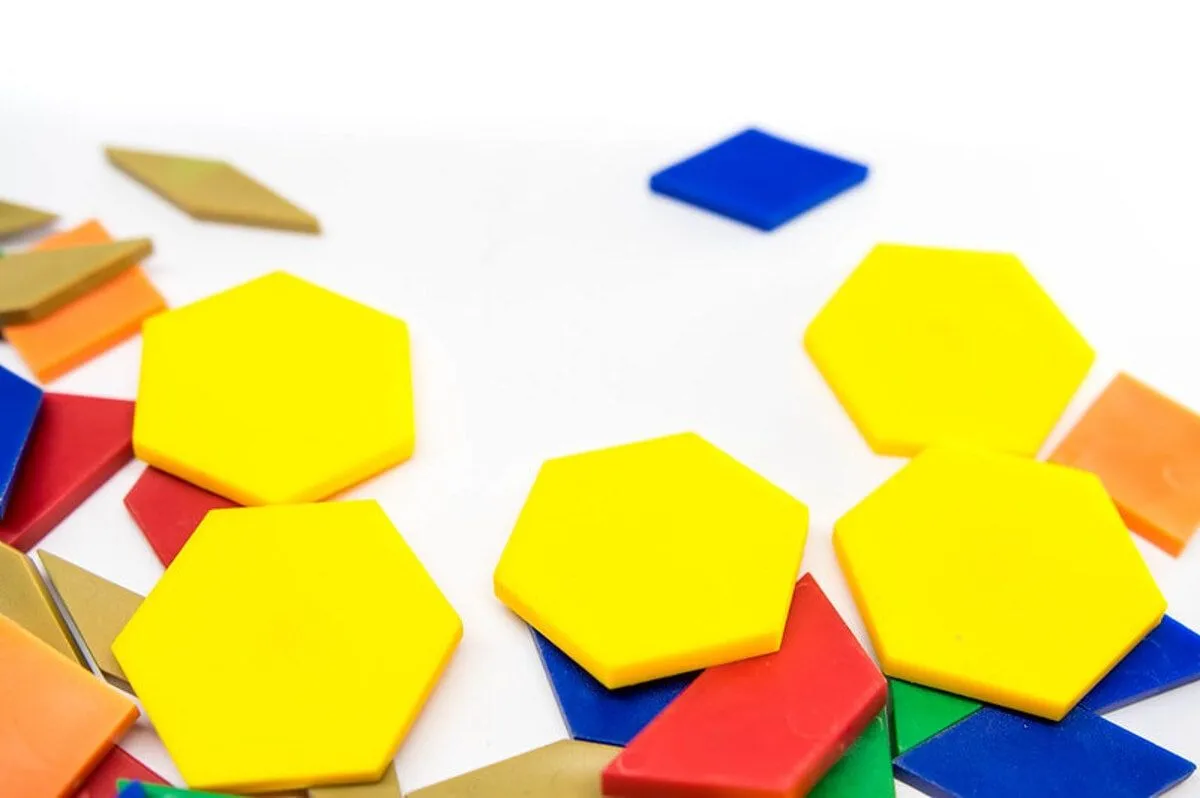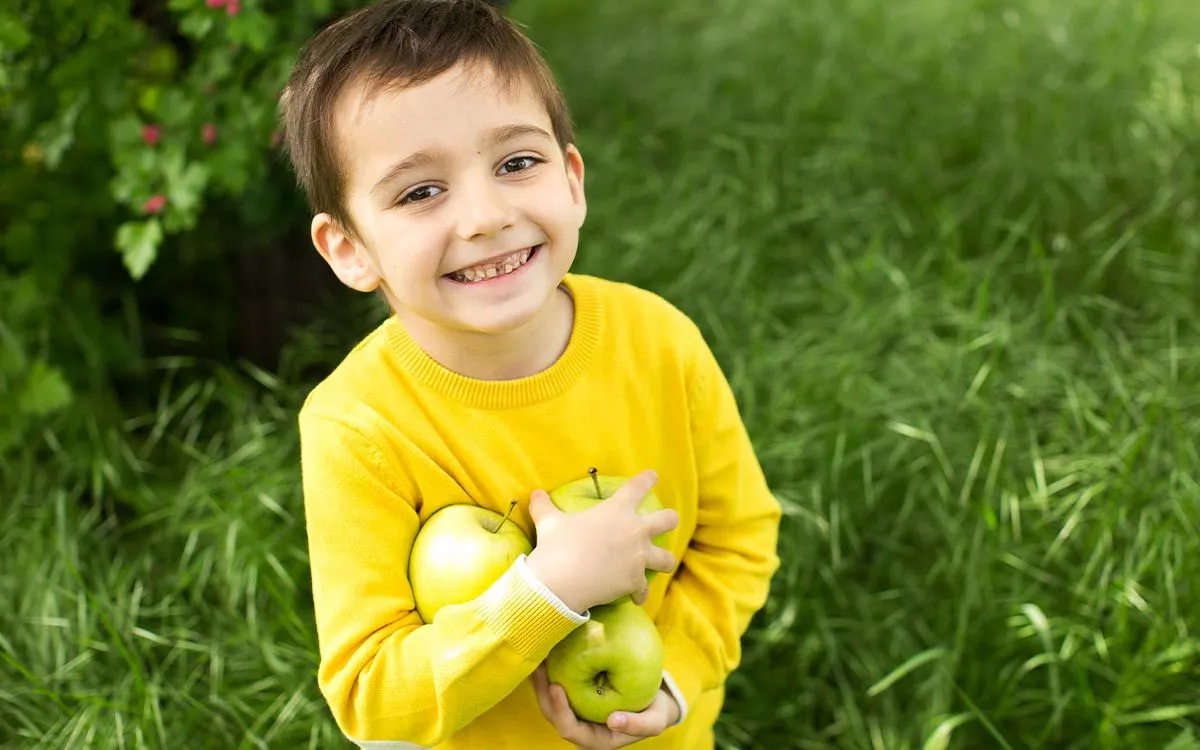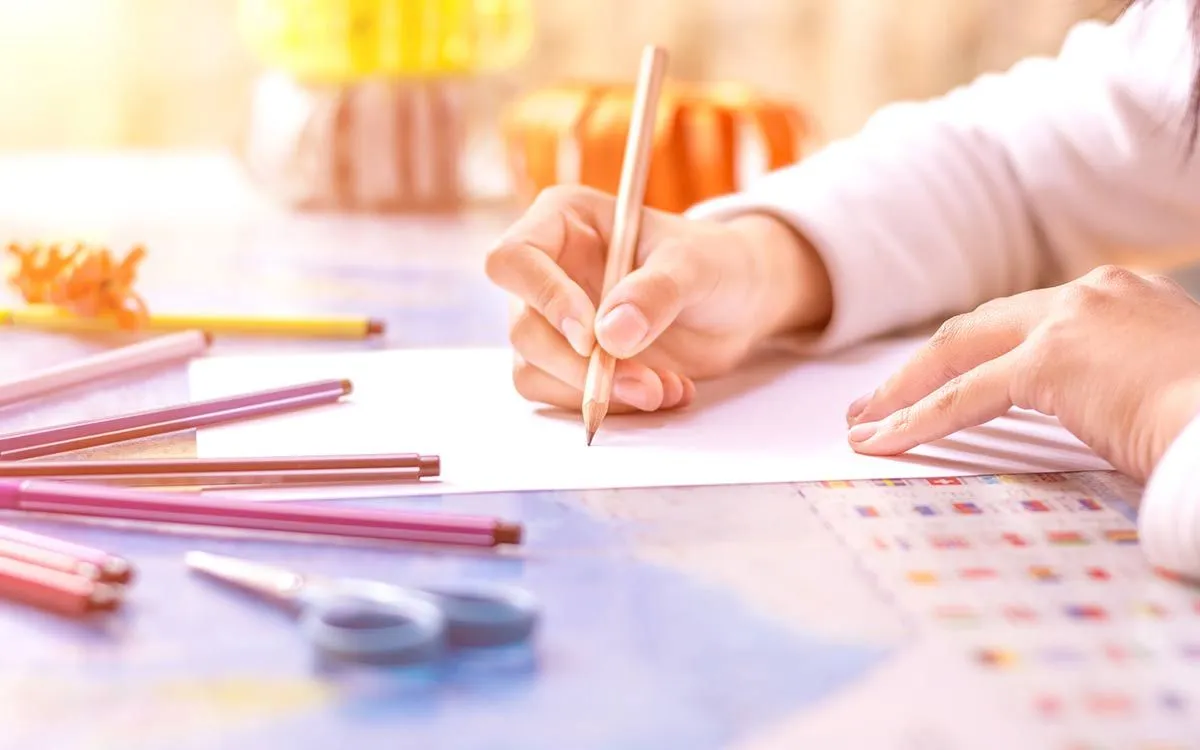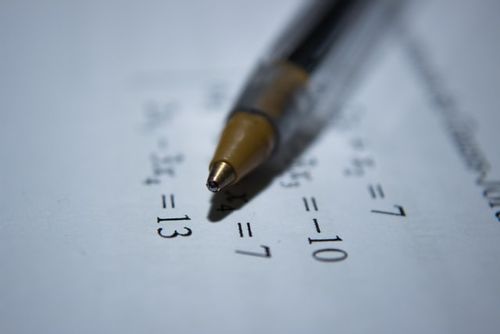FOR ALL AGES
Image © freepik, under a Creative Commons license.
Symmetry can be defined as "the quality of being made up of exactly similar parts facing each other, or around an axis".
Sounds simple enough, right? As adults, we think we know about symmetry intuitively, but there are a few concepts children will learn in KS1 and KS2 maths that you might not have thought about for a long time.
If you're going to be teaching it at KS2 or primary level, this free resource will break down the basics.

The KS1 curriculum (Year 1 and Year 2) covers the essential concept of symmetrical shapes and lines of symmetry.
The KS2 curriculum (Years 3-6) expands on this, and tests children on their ability to identify line symmetry in various shapes, categorise objects by whether they are symmetrical or not, and produce symmetrical shapes and patterns.
It continues to be taught from Year 7 through GCSEs, introducing more complex shapes and a few new concepts.
It's all about emphasising that one half of a shape or object is an exact copy of the other. If you drew a line through the middle of it, the two halves would be reflections of each other. If you held a mirror up to one half, it would look complete. Therefore any symmetrical shape has what is called a line of symmetry, or a mirror line.

At KS2, children will learn that a shape or object can have more than one line of symmetry.
A 2D shape is the easiest way to illustrate this. Take an isosceles triangle, a rectangle, an equilateral triangle, a square and a circle. The isosceles triangle has one line, the rectangle has two, the equilateral triangle has three, the square has four, and the circle has an infinite number.
Clearly this is a topic that is better shown, not just told. First, give children a range of shapes in different sizes and orientations and get them to draw lines of symmetry onto them (starting with one and moving up to multiple). Help them understand how to identify shapes that have no lines of symmetry, if possible by using a small mirror to show that the two sides don't have identical reflections, or else by folding the paper in half and showing that each side looks very different.
It's also key that children can draw simple pictures, shapes or patterns that mirror an existing picture, shape or pattern along a line of symmetry. For example, if they have a picture of half a butterfly or half a cake, can they complete the pictures along their central lines? Practice makes perfect, and this is a good chance to inject some colourful pens and pencils into the maths worksheets.

When they've got to grip with 2D shapes, look around the room. Talk about which objects are symmetrical and why. If you took an apple or a tomato, where would you draw the line of symmetry? Again, mirrors are the perfect teaching tool to help illustrate this. Cut an apple in half, and show how, if the line of symmetry has been correctly followed, it will look whole again when held up to a mirror. You could also discuss how a different apple with a bite taken out of it would lose its symmetry.
You could gather a group of small objects, and get children to divide them into symmetrical and non-symmetrical piles. You could try a mug, a plate and a pen for your symmetrical pile, and a shoe, a wonky crisp or chunk of cheese, and a computer mouse or keyboard for your asymmetrical pile.
Beyond KS2, the maths syllabus will cover additional types of symmetry, how shapes can be spun around on a central axis, and orders of rotational symmetry. But that's for another lesson once your child is another year older...
Read The Disclaimer
At Kidadl we pride ourselves on offering families original ideas to make the most of time spent together at home or out and about, wherever you are in the world. We strive to recommend the very best things that are suggested by our community and are things we would do ourselves - our aim is to be the trusted friend to parents.
We try our very best, but cannot guarantee perfection. We will always aim to give you accurate information at the date of publication - however, information does change, so it’s important you do your own research, double-check and make the decision that is right for your family.
Kidadl provides inspiration to entertain and educate your children. We recognise that not all activities and ideas are appropriate and suitable for all children and families or in all circumstances. Our recommended activities are based on age but these are a guide. We recommend that these ideas are used as inspiration, that ideas are undertaken with appropriate adult supervision, and that each adult uses their own discretion and knowledge of their children to consider the safety and suitability.
Kidadl cannot accept liability for the execution of these ideas, and parental supervision is advised at all times, as safety is paramount. Anyone using the information provided by Kidadl does so at their own risk and we can not accept liability if things go wrong.
Kidadl is independent and to make our service free to you the reader we are supported by advertising.
We hope you love our recommendations for products and services! What we suggest is selected independently by the Kidadl team. If you purchase using the buy now button we may earn a small commission. This does not influence our choices. Please note: prices are correct and items are available at the time the article was published.
Kidadl has a number of affiliate partners that we work with including Amazon. Please note that Kidadl is a participant in the Amazon Services LLC Associates Program, an affiliate advertising program designed to provide a means for sites to earn advertising fees by advertising and linking to amazon.
We also link to other websites, but are not responsible for their content.
Was this article helpful?



Browse Category



We’ll send you tons of inspiration to help you find a hidden gem in your local area or plan a big day out.



Check your inbox for your latest news from us. You have subscribed to:
Remember that you can always manage your preferences or unsubscribe through the link at the foot of each newsletter.